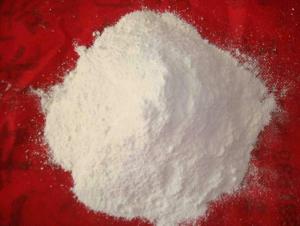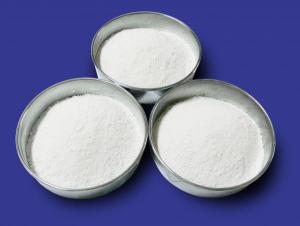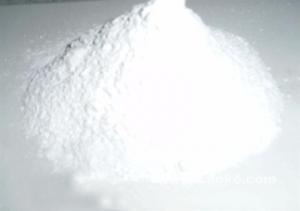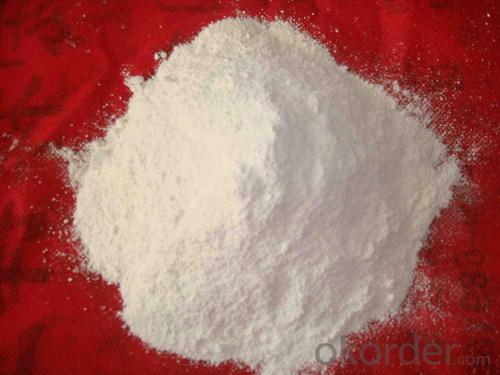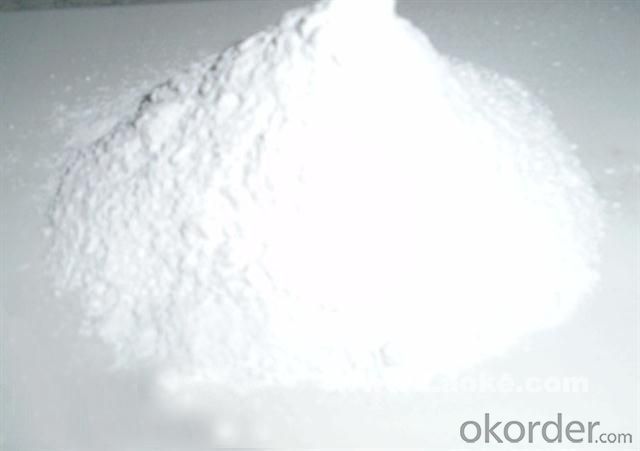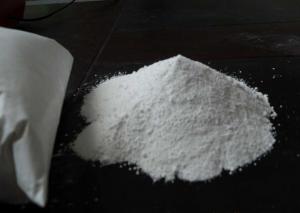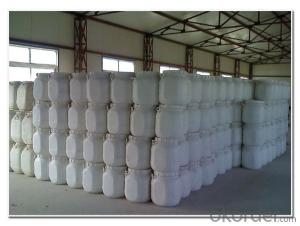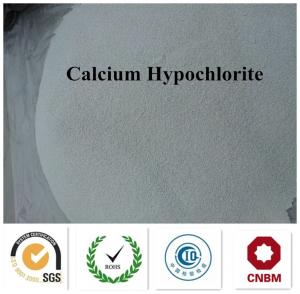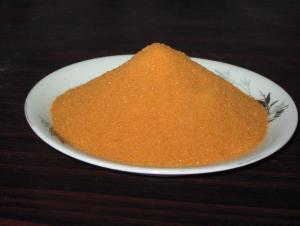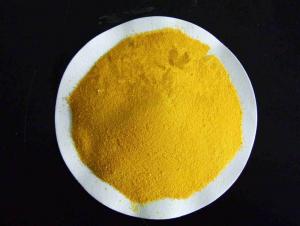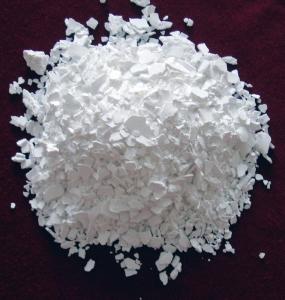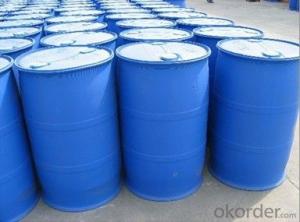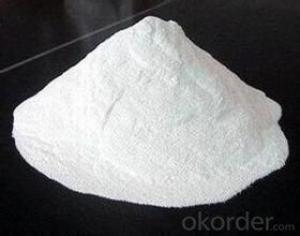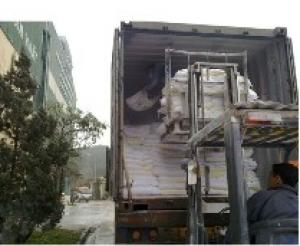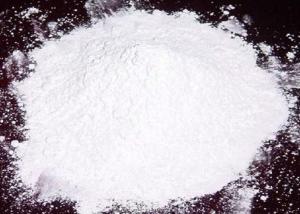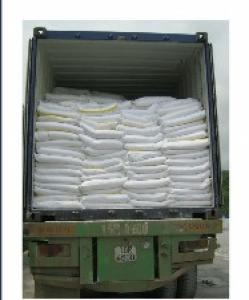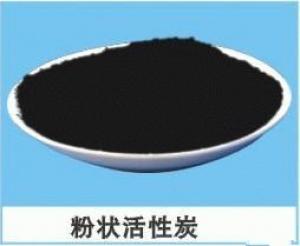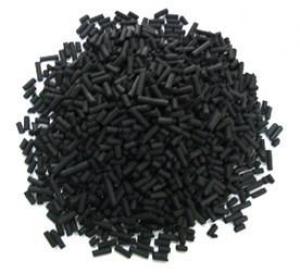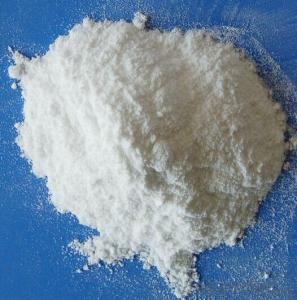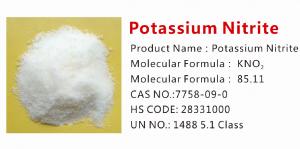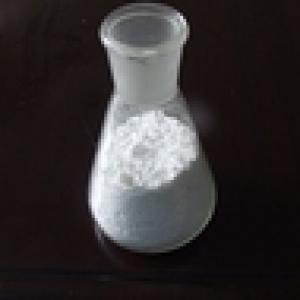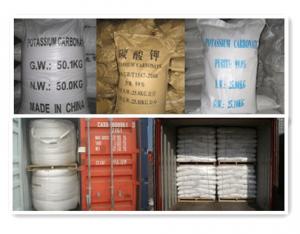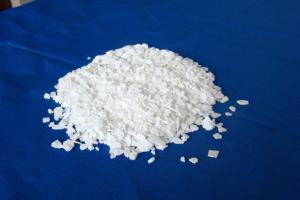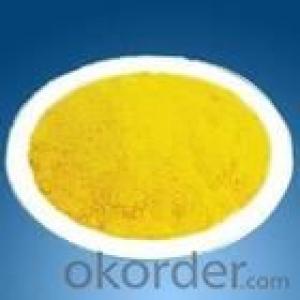Precipitated Calcium Carbonate
- Loading Port:
- Jiangyin
- Payment Terms:
- TT or LC
- Min Order Qty:
- 16 Tons m.t.
- Supply Capability:
- 10000Tons m.t./month
OKorder Service Pledge
OKorder Financial Service
You Might Also Like
Precipitated Calcium Carbonate is one kind of Coated Precipitated Calcium Carbonats(PCC), also called Nano Precipitated Calcium Carbonate(NPCC). We can produce standard precipitated calcium carbonate in different whiteness, purity and fineness according to buyer’s demand.Nano Calcium Carbonate(NCC) as a functional inorganic material or reinforcing agent widely used in all kinds of industrials.Precipitated Calcium Carbonate is a kind of functional fillers which can be used in adhesives&sealants, rubber, plastic, paint, ink, food, etc.
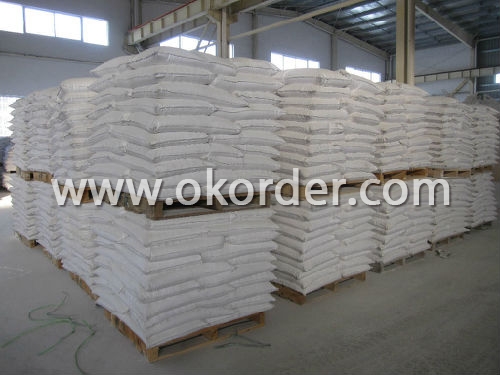
Applications of Precipitate Calcium Carbonate:
The precipitated calcium carbonate is almost always used for a raw material of following goods.
- Plastic: Pipe, Electric wire, Vinyl sheet, Parts of Electric product, Parts of Automobile, Toy, Film, Garbage bag, Container, Tableware, Food Tray, Dish Tray, Toilet table, Bedpan, Chair,etc.
- Rubber: Chemical shoes, Electric cable, Tire, Belt, Hose, Rubber paste, Rubber glue, ect.
- Paint & Coating: Interior, exterior emulsion paint, ect.
- Paper: Art paper, Coating paper, Gravure paper, High quality paper, Medium quality paper, Rice paper, Poster, ect.
- Building Material: Artificial marble, Floor board, Wall board, ect.
- Adhesive, Printing ink, Compound, Glass, Ceramics, Agricultural purpose, Feed, Toothpaste, Soap, Cosmetics, Chalk, Colors, ect.
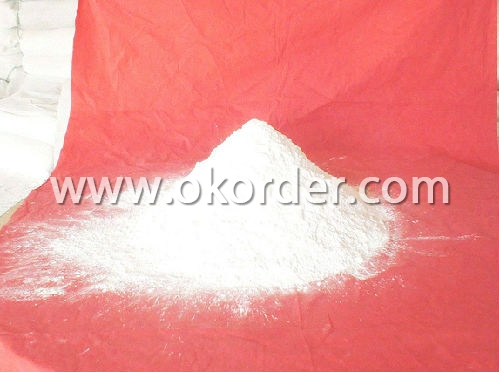

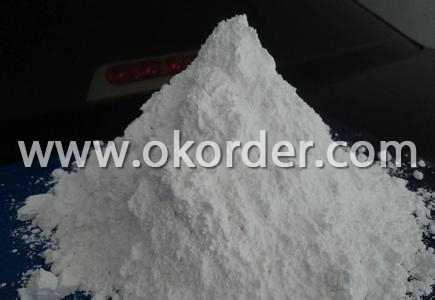
- Q: How to get an inorganic salt
- Inorganic salts are salts of inorganic compounds, formerly known as minerals. Plant growth needs N, P, K three elements and Ca, Zn, B, Mg, S, Fe and other trace elements. Depending on the type and amount of inorganic salts required for plant life, the water and various proportions of inorganic salts are scientifically formulated into plant nutrient solutions. The method of cultivating plants with plant nutrient solution is called soilless cultivation. The inorganic salts used to prepare the nutrient solution are generally not available for extraction, such as potassium nitrate, calcium nitrate, magnesium sulfate, potassium dihydrogen phosphate, copper sulfate, zinc sulfate and the like, and the reagent may be a chemical fertilizer. The purity of the reagent is high and the impurities of the fertilizer are more. If you can not get it, you can use soil leaching solution (fertile soil plus fresh water, the liquid obtained after filtration), which generally contains a variety of inorganic salts.
- Q: What is the most important inorganic salt in plant growth?
- The inorganic salts required by plants are nitrogen, phosphorus and potassium containing inorganic salts, and if any lack of plants will affect the normal growth of plants, nitrogen is a component of many important organic compounds in the body, such as protein, nucleic acid, chlorophyll , Enzymes, vitamins, alkaloids and some hormones contain nitrogen. Nitrogen is also the basis of genetic material in all organisms, the most important protein, it is often in the center of metabolic activity.Now is to limit the growth of plants and the formation of the primary Factor. It also has a significant effect on improving the quality of the product.K2 is dissolved in the plant juice, and its main function is related to the metabolism of the plant.The content of phosphorus in the plant is second only to nitrogen and potassium, Phosphorus plays an important role in plant nutrition. Almost all important organic compounds in plants contain phosphorus. Phosphorus is involved in photosynthesis, respiration, energy storage and delivery, cell division, cell enlargement and other processes in plants.
- Q: What is inorganic salt? Lemon flavor, citric acid, is it an inorganic salt?
- Although the inorganic salt in the cell, the body content is very low, but the effect is very large, if the attention of diet diversification, eat less animal fat, eat brown rice, corn and other coarse grains, do not eat too much refined flour, Salt to maintain the normal level of citric acid is an important organic acid, also known as citric acid, no ...
- Q: Sodiumcorbonate is inorganic salt , why it is not organic substance even it contains carbon?
- Na2CO3 is joined by ionic bond not covalent C-C bond in organic molecules. @the other answerer: LOL! maybe i should expect a TD, too. Another problem with this section is students know how to ask but never know how to say thank you. Rarely do i see an asker selecting a BA. If i see one who does, whether i get the BA or not, i will definitely answer another question from that person.
- Q: Liver cancer diet should pay attention to what issues?
- Vitamins: Vitamin A, C, E, K and so have a certain anti-tumor effect. Vitamin C is mainly found in fresh vegetables and fruits. Carotene into the human body can be converted into vitamin A, so liver cancer patients should eat animal liver, carrots, cauliflower, yellow flowers, cabbage, figs, jujube and so on. At the same time should also eat more fresh vegetables and fruits, such as radish, pumpkin, bamboo shoots, asparagus, apples, ebony, kiwi and so on.
- Q: Which solvents have some solubility in inorganic salts
- A wide variety of dyes, dissolved complex. The original dyes are organic, but some salt, some metal complexes, some of the larger molecules of the fused ring compounds, some polymer heterocyclic compounds, in some common organic solvents in the solubility is better than disperse dyes Raw dyes and oil-soluble dyes (this is actually the raw material of solvent pigments, strictly speaking, not dyes). There are basically additives in the finished dyes, such as direct dyes, acid dyes, reactive dyes, cationic dyes and other water-soluble dyes will be added inorganic salts, disperse dyes, reducing dyes will be added sulfonate sodium dispersant. In addition, the dye and other chemical products, their purity requirements are generally very low, will allow the presence of certain insoluble impurities. So the organic solvent can not be completely dissolved dye products really is very common or even a normal phenomenon.
- Q: I am an AP biology student testing how magnesium effects the rate of photosynthesis in a plant. However since my class period is only one hour long I highly doubt if i add epsom salt to the soil ( after mixing it with water) i will see an immediate increase in the rate of photosynthesis. So i need to know how long should i wait to test photosynthesis rates after adding an epsom salt solution to the soil of a plant. Or how long does it take for magnesium to be incorporated into a plants rate of photosynthesis. Thanks in Advance!
- Magnesium sulfate (or magnesium sulphate) is an inorganic salt (chemical compound) containing magnesium, sulfur and oxygen, with the formula MgSO4. It is often encountered as the heptahydrate sulfate mineral epsomite (MgSO4·7H2O), commonly called Epsom salt, Magnesium is part of the chlorophyll in all green plants and essential for photosynthesis. It also helps activate many plant enzymes needed for growth. Rate of photosynthesis does not depend upon any single factor . so it is futile to expect it should increase after addition of epsom salt to soil in solution form . Because first it should be incorporated in chlorophyll molecule . That depends upon formation of new leaves . Old leaves already have it ( formula of chlrophyll a = C55 H72 O5 N4 mg ) That is the requirement is just one atom per molecule . what to do with excess ? Unless the soil is deficient in Mg . It it useless to add it . soil pH is another factor to be considered = Soil pH (a measure of the acidity or alkalinity of the soil) Soil pH is one of the most important soil properties that affects the availability of nutrients. Macronutrients tend to be less available in soils with low pH. Micronutrients tend to be less available in soils with high pH. www.ncagr /cyber/kidswrld/plan...
- Q: Think about the physical and chemical properties of salt and sugar. What properties do these substances have in common? Describe which properties you could use to distinguish between them. What properties and units would you use to describe their physical and chemical characteristics? List as many as you can.
- I believe it's Physical, most of the times such changes are physical, melting point, sublimation, evaporation, etc.
- Q: I had asked a similar question on GC operation last week, but for different kinds of compounds.For my biochem research project at school, I'm testing the ability of a species of bacteria to biodegrade alcohols found in gasoline (methanol, ethanol, isopropyl, tert-butyl and cyclohexanol). The bacteria is growing in a solution of minute amounts of alcohols and Mineral Medium, which is basically just water and dissolved inorganic salts (CaCl2, KH2PO4, NH4NO3 and MgSO4).I know GC's are primarily used to separate organic mixtures. Can a GC separate organic compounds dissolved in salt water? Is it safe to put salt water in a GC? Or would I have to do an extraction to separate the alcohols and run the organic extract through the GC?
- Do not let salts enter the GC. You will have to perform an extraction step and run that. Salts can precipitate in the column or degrade into reactive species that can corrode the GC. Water is OK since it will not destroy the column (I've run aqueous solutions before), but salts are not.
- Q: Why vegetables and fruits contain rich inorganic salts
- Because they are plants! From the biological point of view, they are the nature of the organic matter into inorganic salt carrier
1. Manufacturer Overview
| Location | Anhiu,China |
| Year Established | 2007 |
| Annual Output Value | |
| Main Markets | North America, Southeast Asia, Africa, Mid East, Eastern Asia, Western Europe, Northern Europe |
| Company Certifications |
2. Manufacturer Certificates
| a) Certification Name | |
| Range | |
| Reference | |
| Validity Period |
3. Manufacturer Capability
| a) Trade Capacity | |
| Nearest Port | Tianjin |
| Export Percentage | |
| No.of Employees in Trade Department | |
| Language Spoken: | English, Chinese |
| b) Factory Information | |
| Factory Size: | |
| No. of Production Lines | |
| Contract Manufacturing | |
| Product Price Range | |
Send your message to us
Precipitated Calcium Carbonate
- Loading Port:
- Jiangyin
- Payment Terms:
- TT or LC
- Min Order Qty:
- 16 Tons m.t.
- Supply Capability:
- 10000Tons m.t./month
OKorder Service Pledge
OKorder Financial Service
Similar products
Hot products
Hot Searches
Related keywords
